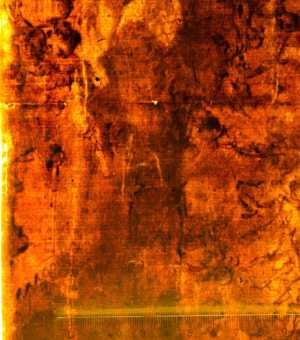Specifications
| Title | The Stoning of St Stephen |
|---|---|
| Material and technique | Black chalk, pen and brush and brown ink, brown wash |
| Object type |
Drawing
> Two-dimensional object
> Art object
|
| Location | This object is in storage |
| Dimensions |
Height 274 mm Width 232 mm |
|---|---|
| Artists |
Attributed to:
Poccetti (Bernardino Barbatelli)
Previously attributed: Jacopo Tintoretto (Jacopo Comin, Jacopo Robusti) |
| Accession number | I 86 recto (PK) |
| Credits | Loan Stichting Museum Boijmans Van Beuningen (former Koenigs collection), 1940 |
| Department | Drawings & Prints |
| Acquisition date | 1940 |
| Creation date | in circa 1575-1600 |
| Watermark | Undeterminable (heavy wash, mounted) |
| Inscriptions | ‘longhezza della loggia di palmi 36 parte incontro' ‘Istoria’ [4x], ‘tra le’, ‘porte’, ‘porta’, ‘nichia’ (verso backing sheet, above centre, red chalk), ‘zeich[…] 48, pp. 150 Tintoretto’ (verso backing sheet, lower right, pencil) |
| Collector | Collector / Franz Koenigs |
| Mark | E. Habich (L.862), E. Wauters (L.911), F.W. Koenigs (L.1023a) |
| Provenance | Josef Carl Ritter von Klinkosch (1822-1888, L.577), Vienna; his sale, Vienna (Wawra) 15.04.1889, lot 763 (Tintoretto, Fl 20 to Dr. Meder); - ; Edward Habich (1818-1901, L.862), Boston/Cassel; his sale, Stuttgart (Gutekunst) 27-29.04.1899, lot 563 (Tintoretto, Fl 37 to Mathey); Emile Wauters (1846-1933, L.911), Paris; his sale, Amsterdam (Muller) 15-16.06.1926, lot 160, ill. (Tintoretto, Fl 400 to R.W.P. de Vries); Franz W. Koenigs (1881-1941, L.1023a), Haarlem, acquired in 1926 (Jacopo Tintoretto); D.G. van Beuningen (1877-1955), Rotterdam, acquired with the Koenigs Collection in 1940 and donated to Stichting Museum Boijmans Van Beuningen |
| Exhibitions | Amsterdam 1929, no. 302 |
| Research |
Show research Italian Drawings 1400-1600 |
| Literature | Lees 1913, p. 45, fig. 59 (J. Tintoretto); Amsterdam 1929, no. 302 (J. Tintoretto) |
| Material | |
| Object | |
| Technique |
Brown wash
> Washing
> Wash
> Drawing technique
> Technique
> Material and technique
|
| Geographical origin | Italy > Southern Europe > Europe |
| Place of manufacture | Venice > Veneto region > Italy > Southern Europe > Europe |
Do you have corrections or additional information about this work? Please, send us a message
























